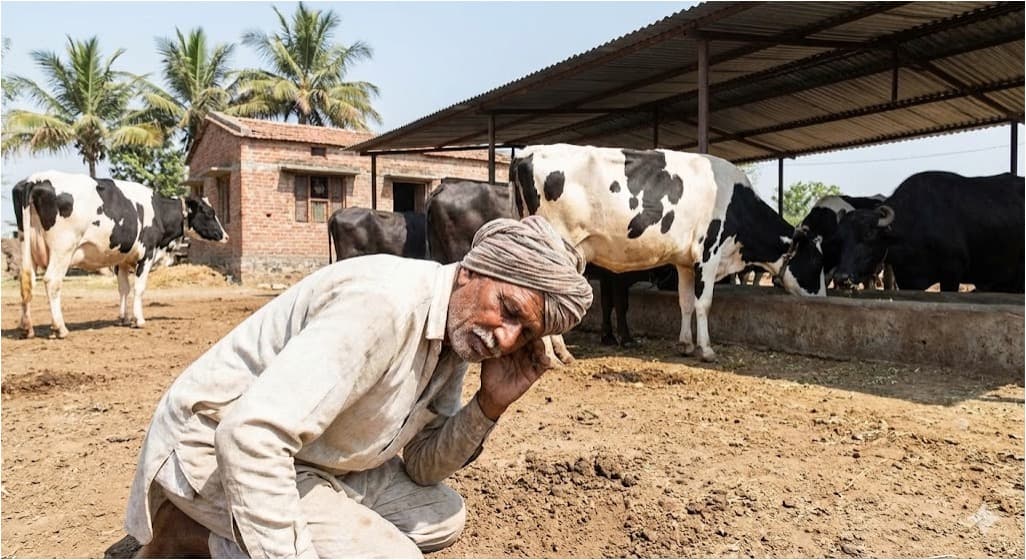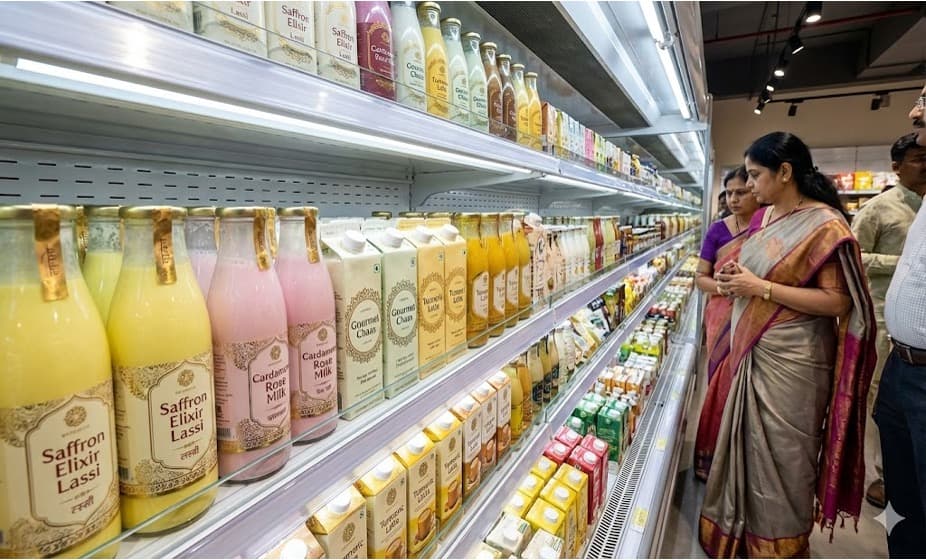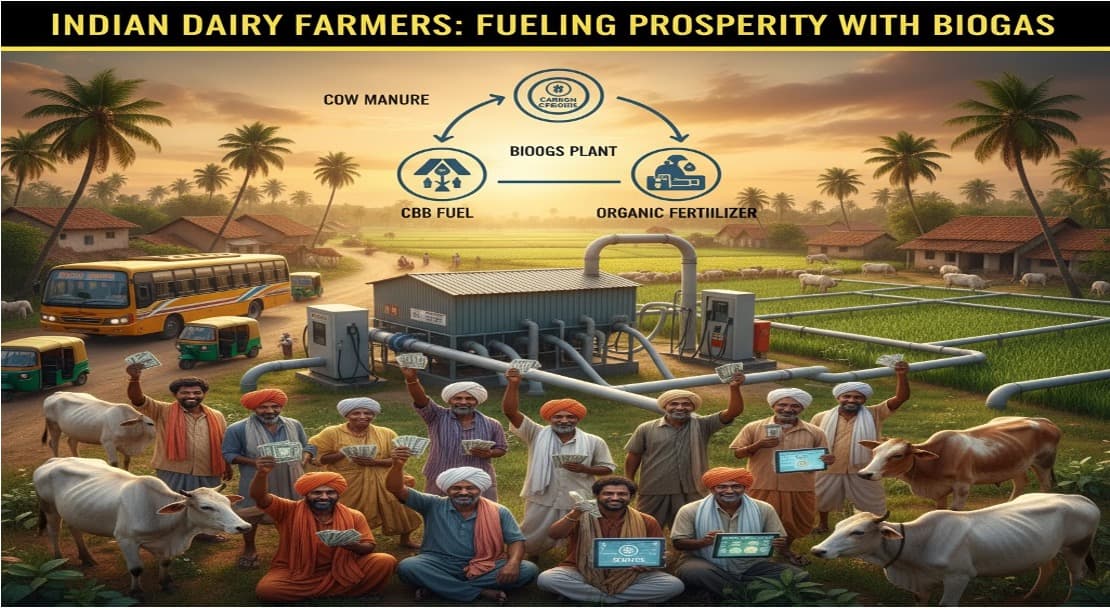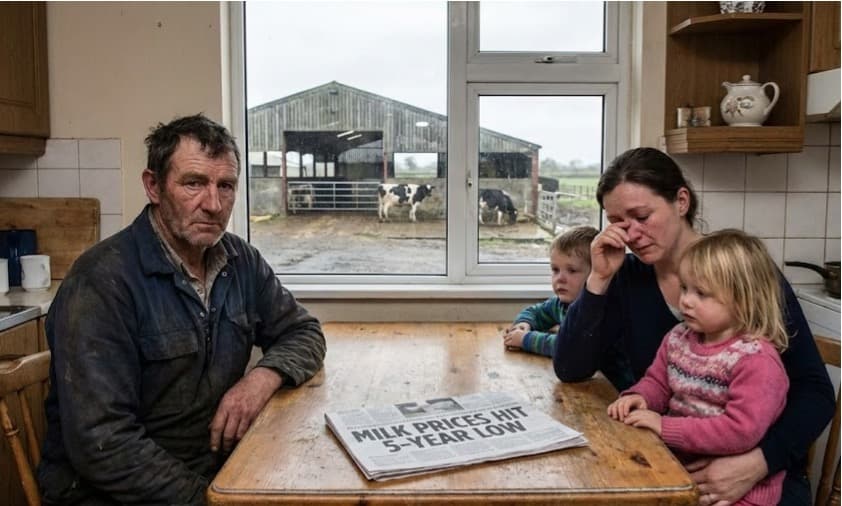Reimagining Dairying in Maharashtra: A Call for Sustainable Solutions
As per Sh Dashrath Mane CMD Sonai dairy, today the Maharashtra State government has given orders to dairies in Maharashtra for the implementation of ₹5/L milk subsidy to farmers directly subjected to the mandatory condition of base rate of ₹30/L to be paid by dairies. Dairies were paying ₹27.00/L to the farmer earlier which shall be paid ₹30.00/L; means ₹3.00/L added by dairies. Now new rate effect to the farmer will be ₹30.00+ Govt subsidy ₹5/L =₹35.00/L.
To compensate this milk rate hike, state government has declared ₹30.00/Kg subsidy on milk powder being exported by the dairies. Since dairies have to pay ₹3.00/L hike to farmers, the net transfer prices of SMP for domestic market will be increased by ₹20.00/Kg wef tomorrow 3rd July 24. All buyers may please note this change.
This announcement has come at a time when global dairy market prices crashed by 6.9% and AMF, Butter and SMP prices were down by 10.7%, 10.2% and 6.1% respectively . The prices in Indian Rupees for three commodities become around Rs 540 for Ghee and Butter and Rs 213 for SMP (USD:Rs::1:82.5). The local SMP prices are from Rs 210-Rs 300 per kgs. The biggest question to be asked is whether Rs 30 per kgs subsidy will be able to support the processor at this level of global prices. Let us delve into the past and see what happened exactly six years back when under similar situation milk subsidy as well as export subsidy for SMP was introduced.
SMP export Subsidy in the past- A glimpse of history
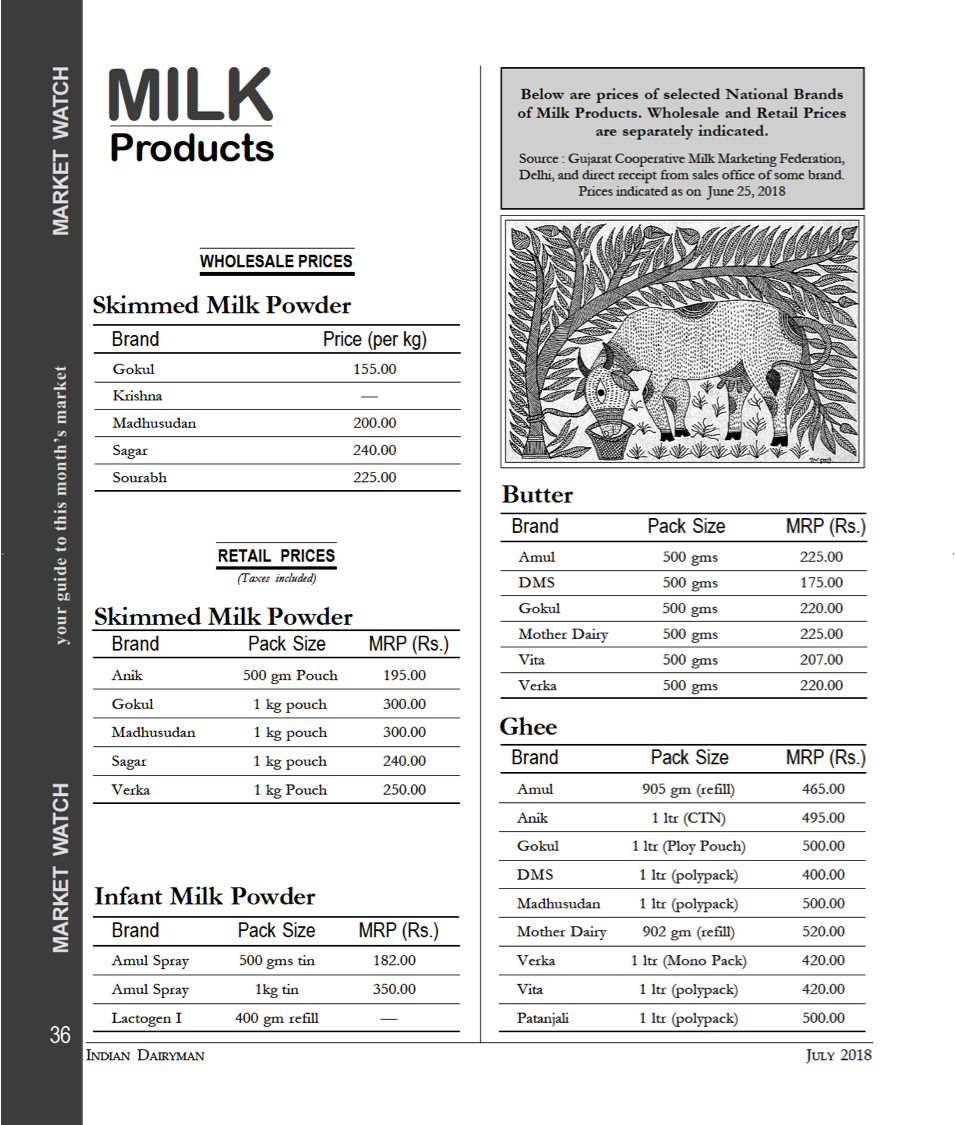
--Courtesy Market watch Indian Dairy man July 2018 edition

